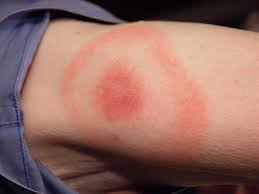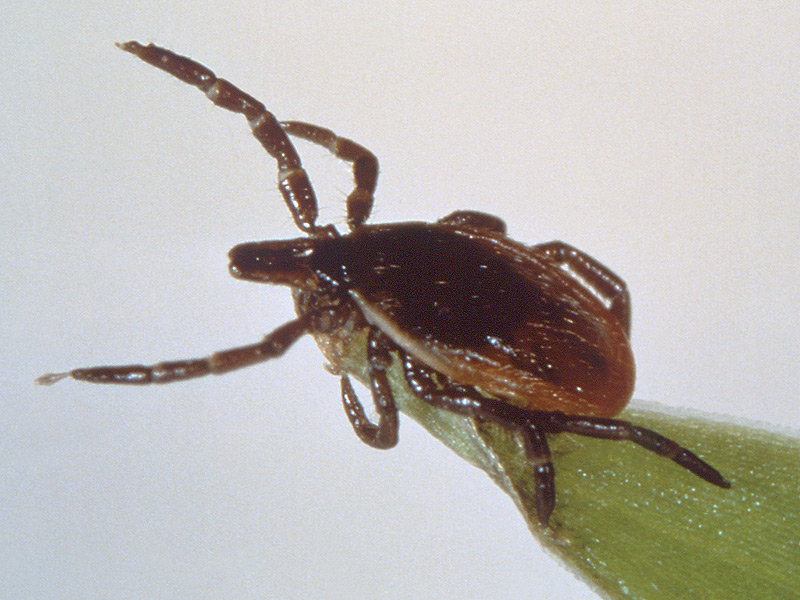The number of US counties experiencing high incidence of Lyme disease has grown considerably from 1993 through  2012, according to a study published online July 15 and in the August issue of Emerging Infectious Diseases.
2012, according to a study published online July 15 and in the August issue of Emerging Infectious Diseases.
“Despite the substantial increase in the number of counties with high incidence, the limited movement of the geographic centers suggests relatively constant rates of geographic expansion in all accessible directions,” write Kiersten J. Kugeler, from the Centers for Disease Control and Prevention, Fort Collins, Colorado, and colleagues.
“Our results show that geographic expansion of high-risk areas is ongoing, emphasizing the need to identify broadly implementable and acceptable public health interventions to prevent human Lyme disease.”
Lyme disease develops when an infected tick bites a person and transmits the Borrelia burgdorferi bacteria to the  person. Historically high-risk regions for Lyme disease include the northeastern, mid-Atlantic, and north-central states in the United States, but officials have noted increasing cases during the past 2 decades.
person. Historically high-risk regions for Lyme disease include the northeastern, mid-Atlantic, and north-central states in the United States, but officials have noted increasing cases during the past 2 decades.
The researchers grouped all confirmed Lyme disease cases during the study period into four intervals of 5 years each. Using census data, the researchers calculated the incidence of the disease at the county level and then mapped the incidence, identifying counties that fell wholly or partly “within a defined, statistically significant high-risk spatial cluster.”
In the earliest period, from 1993 to 1997, there were 69 counties with high incidence of Lyme disease; this number climbed to 130 counties for the period from 1998 to 2002, 197 counties in 2003 to 2007, and 260 counties in 2008 to 2012.
 In contrast, just four counties in the southeastern United States identified as high incidence in the 1993 to 1997 period dropped off the list during the following period, most likely because the early cases were misdiagnosed cases of another tick-associated illness, southern tick-associated rash illness, which has similar symptoms to those of Lyme but does not involve B burgdorferi.
In contrast, just four counties in the southeastern United States identified as high incidence in the 1993 to 1997 period dropped off the list during the following period, most likely because the early cases were misdiagnosed cases of another tick-associated illness, southern tick-associated rash illness, which has similar symptoms to those of Lyme but does not involve B burgdorferi.
The region with the greatest incidence, the northeastern states, saw a more than 320% jump in countries with high incidence, from 43 counties in the first period to 182 in the most recent. A similar jump in the north-central states, going from 22 to 78 during the time studied, resulted in approximately a 250% increase.
Source: Medscape
